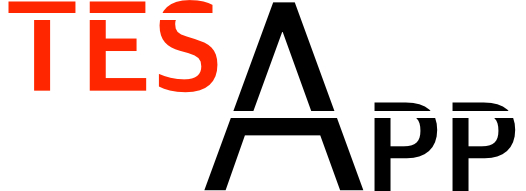Tesla Autopilot
When purchasing a new Tesla vehicle customers can add an optional enhanced autopilot package. The package includes four cameras and twelve ultrasonic sonar sensors to provide a 360 degree coverage around the car. Tesla vehicles equipped with these components are capable of Traffic Aware Cruise Control, Autosteer, Auto Lane Change and Autopark. If you choose to not purchase the enhanced autopilot package your Tesla still has some driver assistance features like Collision Avoidance Assist, Lane Assist and Speed Assist.
Some of the enhanced autopilot features (for example Traffic-Aware Cruise Control or Autosteer) require a calibration before they can be used for the first time. After driving approximately 20-25 miles (32-40 km) the self-calibration process should be completed and the features are ready to use. The distance may vary tough since the calibration depends on environmental conditions like the roads and lane lines. Tesla suggests to contact Tesla service if the process is not completed after driving 100 miles (160 km).
Once the calibration process is completed an icon on the instrument panel indicates if the features are available. A gray speedometer icon left to the driving speed means Traffic-Aware Cruise Control can be activated, a gray Autosteer icon on the right means Autosteer is available. Both features require a minimum speed of at least 18 mph (30 km/h) unless a vehicle is detected in front of you. If this is the case no minimum speed is required and Traffic-Aware Cruise Control and Autosteer can be activated even when stationary.
Teslas autopilot features are currently in BETA status. Teslas autopilot is a level 2 autonomous driving system which requires the driver to stay alert, drive safely and be in control of the vehicle at all times. For current information on software updates please visit Tesla.com.
Here is a quick overview of the autonomous driving stages:
Level 0:
No autonomous driving. The human driver controls steering, brakes, throttle, power.
Level 1:
Driver assistance required. Specific functions like Adaptive Cruise Control (ACC) and Lane Keeping Assist Systems (LKAS). The human driver needs full situational awareness and overtake full control of the car at any moment.
Level 2:
Partial autonomous options. The combination of two driver assistance systems at the same time. The assistance system manages steering and speed, without the human driver interacting with the steering wheel or pedal. Tesla Autopilot, Volvo Pilot Assist, Mercedes-Benz Drive Pilot and Cadillac Super Cruise are Level 2 systems. The car can drive autonomous under certain conditions and the driver still needs to pay attention at all times and be able to take over control at any moment.
Level 3:
Conditional Automation. The car has the ability to handle most of traffic and environmental conditions by itself. The driver does not need to have full situational awareness at all times like in previous levels. Nevertheless the human driver may be asked to take over control instantaneously so he still needs to pay attention.
Level 4:
High Automation. The car will handle most driving tasks on its own, but human interaction is still required in specific situations. For example bad weather conditions or unusual environment could require human control.
Level 5:
Full Automation. The car can drive itself at all times. The human does not need to be aware of traffic or environment and even a steering wheel is not necessary anymore.
